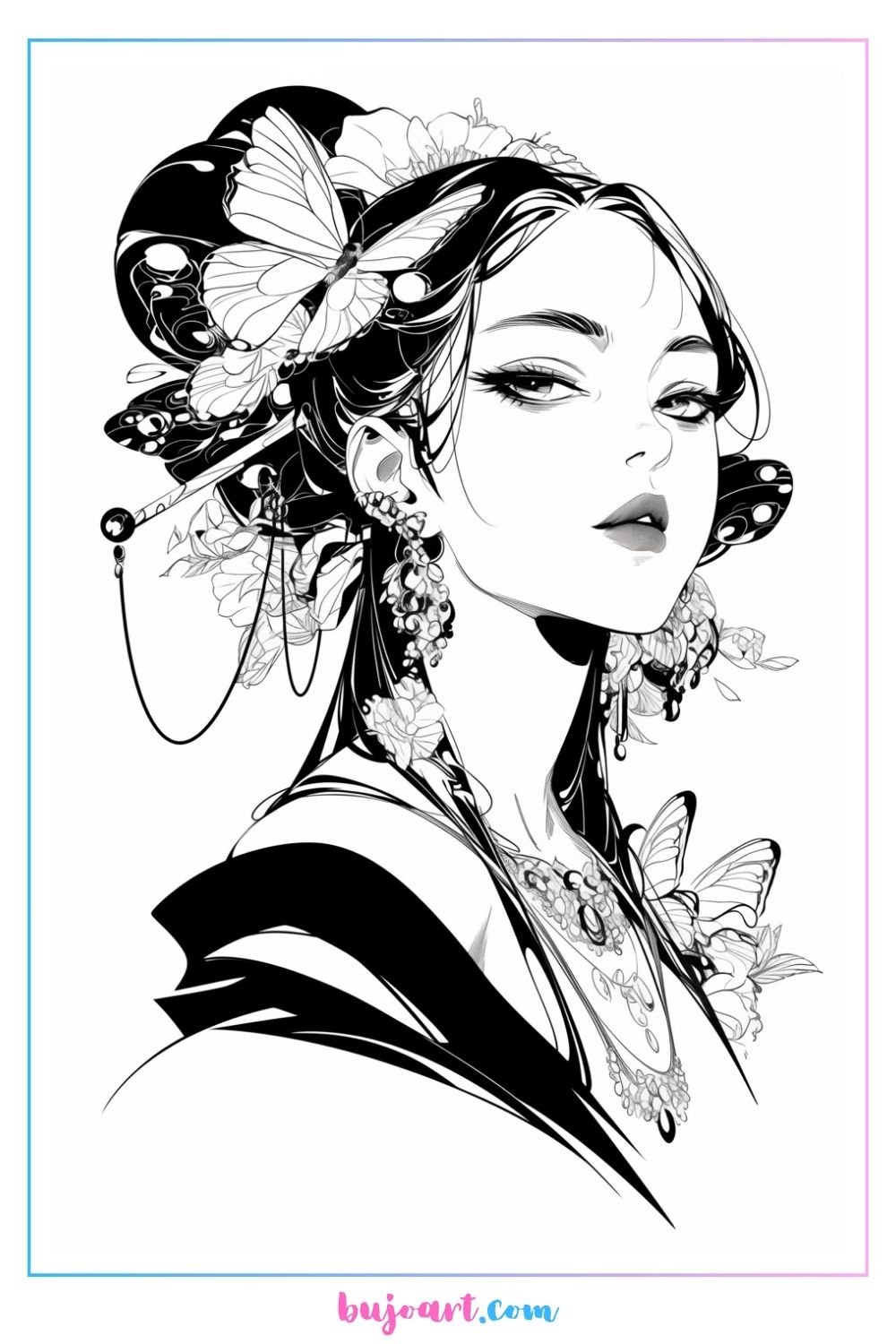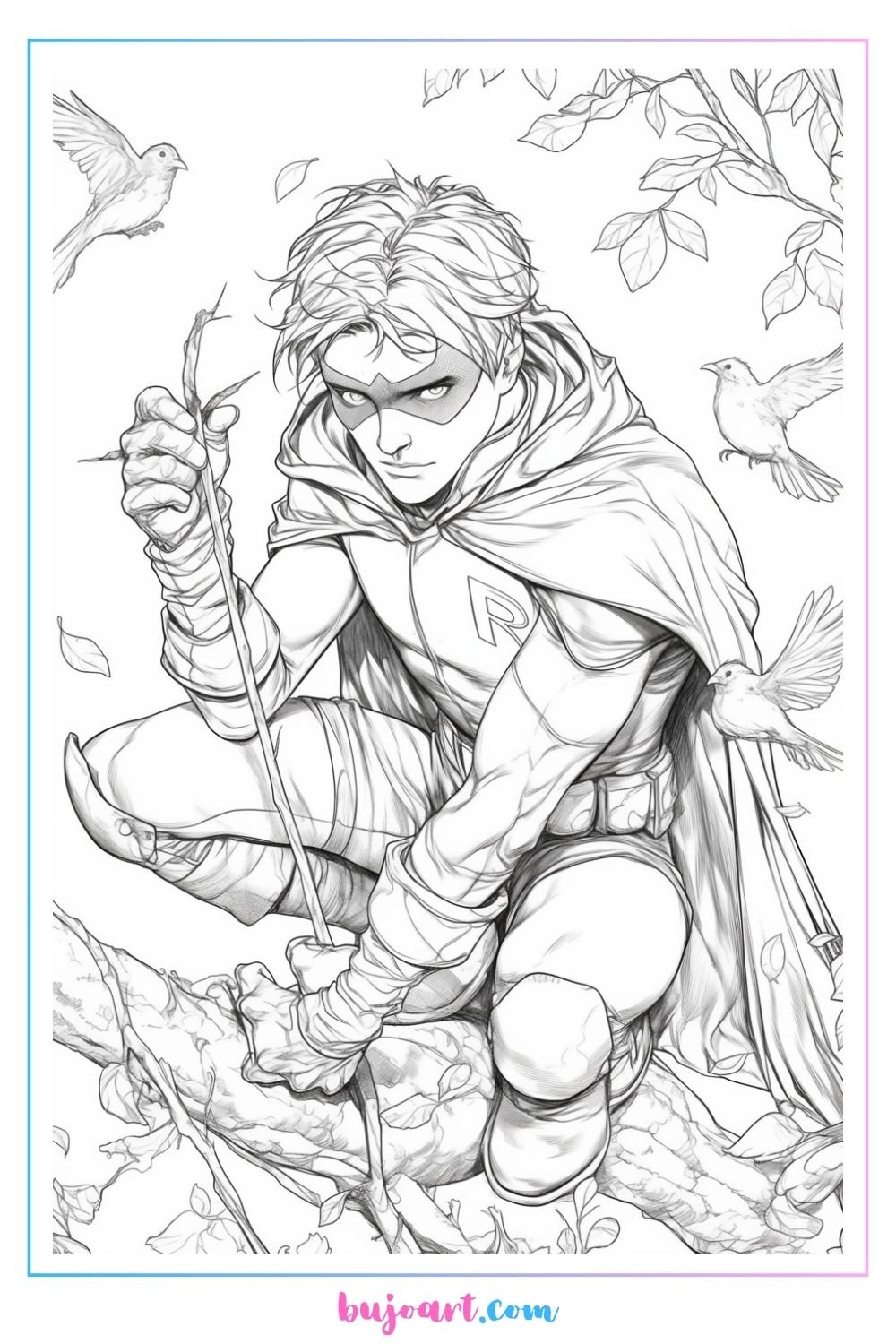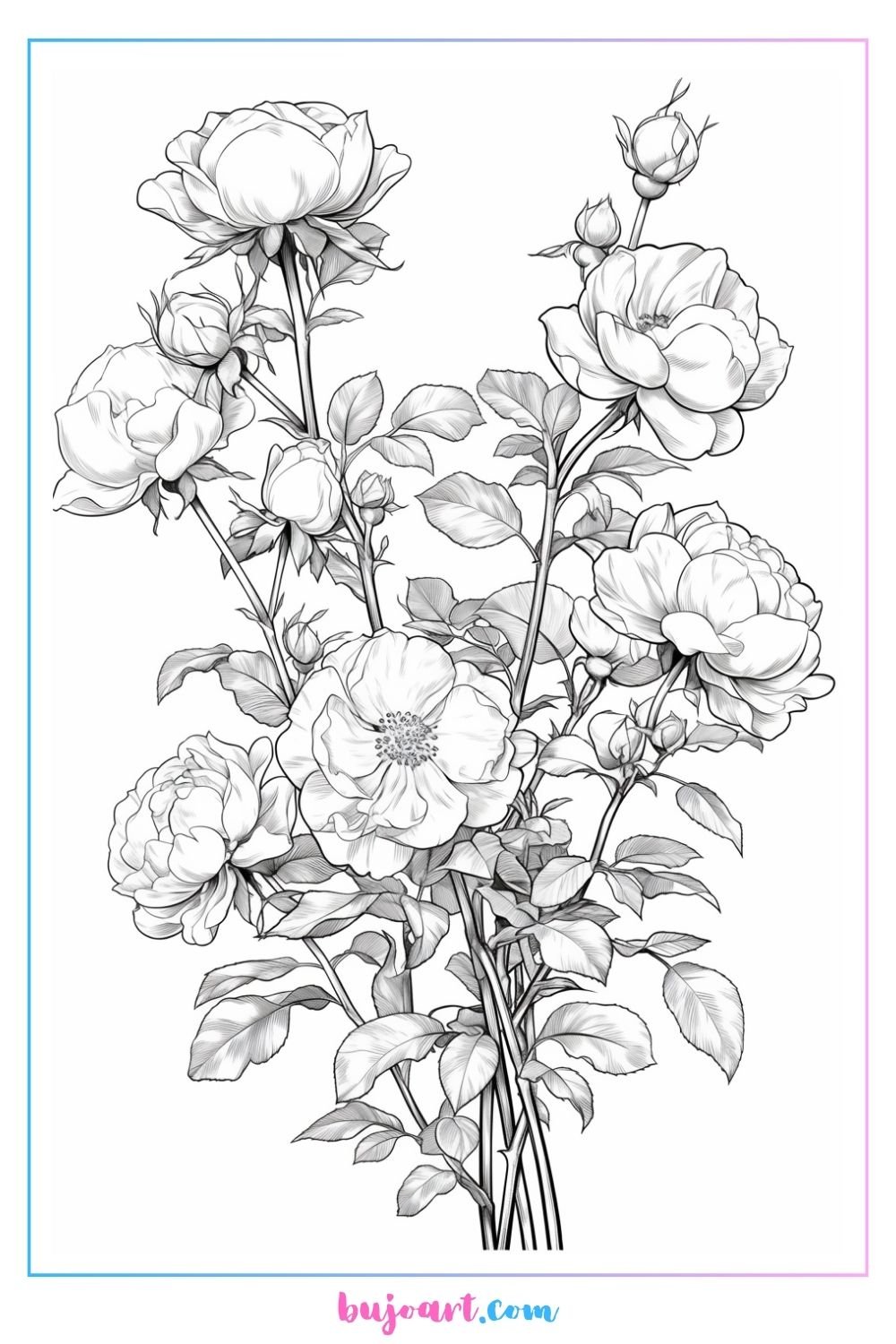Anatomy reference poses serve as a crucial element for artists aiming to achieve realistic figure representation. By studying the human form, artists can understand muscle structure, bone alignment, and how these elements interact during various poses. This foundational knowledge enhances the ability to depict the human body accurately, allowing for a more lifelike representation in art.
To grasp the significance of anatomy reference poses, one must first recognize the complexity of the human figure. The body comprises a myriad of components, including muscles, bones, and skin, each playing a role in creating movement and expression. Artists who familiarize themselves with these components can formulate a more comprehensive understanding of how to render their subjects convincingly. This understanding is not merely academic; it translates directly into improved technique and artistic skills.
Additionally, anatomy poses reference materials provide a framework for artists to explore different perspectives and dynamics of the human body. From standing poses to dynamic action stances, these references can serve as a guide, helping artists visualize the intricacies of movement and proportion. By consistently practicing with these references, they can develop a more intuitive grasp of anatomy that will ultimately enhance their overall artistic practice.
The Importance of Anatomy Poses Reference in Art
In the realm of visual art, the accurate depiction of the human figure can significantly influence the viewer’s engagement and emotional response. When an artist employs anatomy poses reference, they not only enhance the physical realism of their work but also imbue it with a sense of life and dynamism. This realism can evoke powerful emotions, drawing viewers into the narrative of the artwork.
Moreover, anatomy reference poses provide insights into the subtleties of human expression. Different poses can convey a wide range of emotions, from joy to sorrow, tension to relaxation. By understanding how these poses articulate human feelings, artists can more effectively communicate their intended messages through their work. This emotional connection is vital in art, making it resonate more profoundly with the audience.
Furthermore, utilizing anatomy drawing reference poses can serve as a valuable educational tool. For those studying figure drawing, these references can illuminate concepts such as proportion, balance, and posture. By analyzing and replicating these poses, students can cultivate their skills, leading to more proficient and confident artistic expression. Ultimately, the integration of anatomy reference poses is indispensable for artists striving for excellence in their craft.
Credit: 吕涛开心画
How to Use Anatomy Reference Poses Effectively
To maximize the benefits of anatomy reference poses, artists should adopt a systematic approach when incorporating them into their practice. First, they should select a variety of poses that showcase different aspects of the human figure. This diversity can include static poses, dynamic movements, and varying angles, allowing artists to appreciate the complexities of anatomy in different contexts.
Next, artists should engage in observational drawing. This process involves closely studying the reference poses and translating that understanding onto paper or digital canvases. By focusing on elements such as proportion, line quality, and shading, they can develop a more accurate representation of the human figure. This practice not only sharpens technical skills but also deepens their comprehension of anatomy.
Lastly, artists should consider the context in which they use anatomy reference poses. Whether they are creating a character for a story, designing a piece for a gallery, or simply practicing their skills, the intent behind their work will dictate how they approach their references. Tailoring their studies to fit specific projects can enhance their effectiveness and lead to more successful outcomes.
Common Mistakes to Avoid When Using Anatomy Drawing Reference Poses
Although incorporating anatomy reference poses can significantly enhance an artist’s work, certain pitfalls can hinder their effectiveness. One common mistake is relying too heavily on references without developing a personal understanding of anatomy. While references are invaluable, artists should aim to internalize the principles of anatomy rather than simply copying poses. This understanding will allow them to create more original and expressive works.
Another frequent error is neglecting to consider the context of the pose. Artists may become so focused on replicating a pose accurately that they forget to think about the character’s emotion or narrative. It is crucial to ensure that the pose aligns with the intended message of the artwork. Keeping the story in mind helps create a more cohesive and impactful piece.
Additionally, many artists fall into the trap of using only one type of reference pose. Limiting oneself to a narrow range can stifle creativity and hinder skill development. To avoid this, artists should actively seek out diverse reference materials, including photographs, live models, and even 3D anatomy tools. This variety will enrich their understanding and broaden their artistic capabilities.
Developing Your Own Library of Anatomy Reference Poses
Creating a personal library of anatomy reference poses can greatly enhance an artist’s practice. This library can be a collection of images, sketches, or even videos that showcase various human poses, capturing the nuances of movement and emotion. By curating a selection of references that resonate with them, artists can streamline their creative process and draw inspiration from their own resources.
To begin building this library, artists should seek out high-quality reference materials. This can include online resources, anatomy books, or even collaborating with models. When selecting references, it is essential to prioritize diversity in poses, body types, and angles. This variety will provide a rich foundation for their artistic explorations and ensure that they can tackle any project with confidence.
Once the library is established, artists should regularly update and refine their collection. As one’s skills and understanding of anatomy evolve, so too should the references they use. By continually adding new materials and discarding less relevant ones, artists can keep their library fresh and aligned with their current artistic goals.
Conclusion: Mastering Realistic Figure Representation with Anatomy Reference Poses
In conclusion, anatomy reference poses play a pivotal role in achieving realistic figure representation in art. By understanding and utilizing these references effectively, artists can enhance their technical skills, develop emotional depth in their work, and build a comprehensive library that supports their growth. The journey to mastering anatomy requires dedication and practice, but the rewards are profound.
For artists seeking to elevate their figure drawing, embracing anatomy reference poses is essential. Engaging with diverse poses, avoiding common pitfalls, and creating a personal library will lead to greater artistic success. As they continue to refine their skills, the mastery of realistic figure representation will become an achievable reality.
Call to Action: Artists are encouraged to start their journey today by gathering anatomy reference poses that inspire them. By exploring various resources, including books, online platforms, and life drawing sessions, they can begin to build a robust library that fuels their creativity and enhances their figure drawing skills. The path to mastering the human form awaits—take the first step now!















